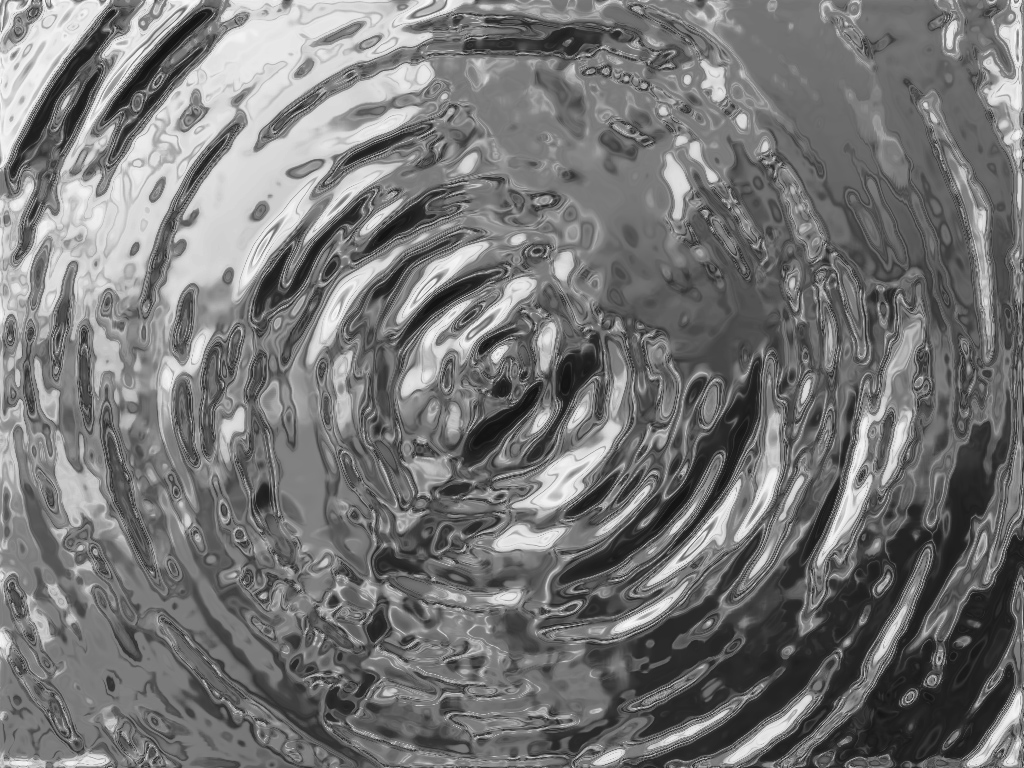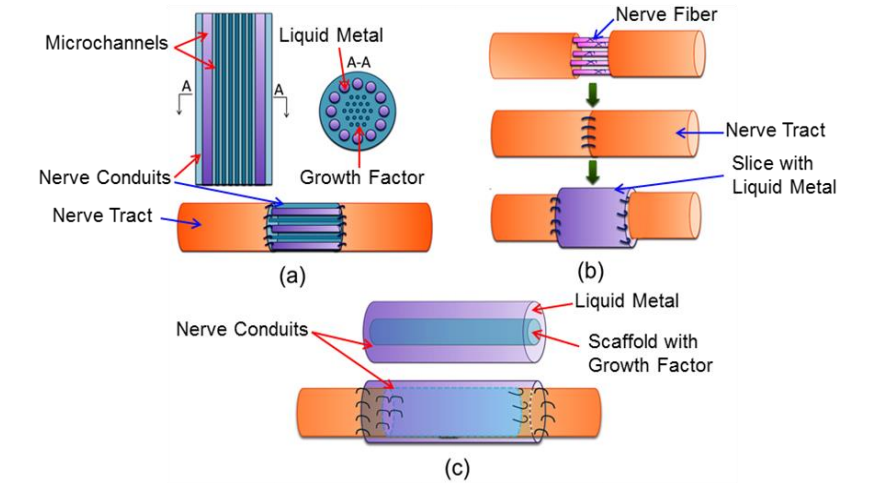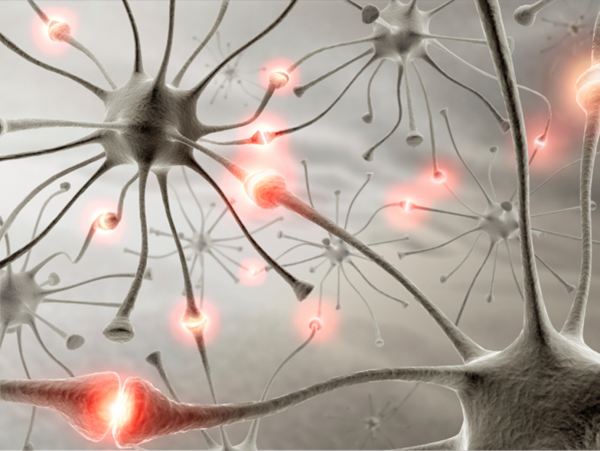A team of Chinese biochemists, led by Jing Liu at Beijing’s Tsinghua University, claim that they have successfully used liquid metal to reconnect severed nerves, using the substance to transmit electrical signals across the gaps. Their achievement, published in this article, could lead to a new and highly more effective treatment for nerve injuries.

While scientists have spent years and years studying ways to reconnect severed nerves, the success of these techniques depended on the ability of the damaged nerve ends to grow and twine back together. But, as nerve ends grow at around one millimeter per day according to MIT Technology Review, injured nerves can take years to reconnect, during which time the surrounding muscle tissue could atrophy beyond repair. Therefore, neurosurgeons have to keep those muscles active while the nerves are re-growing, and that is where scientists have been stumbling for decades.
Jing Liu, however, might have come up with a solution. Jing and his team claim that they, for the first time ever, have used liquid metal to connect nerve ends with each other, so the brain’s electrical signals can still get through. Using the metal—a liquid gallium-induim-selenium alloy—they can preserve the surrounding living tissue. They state that the metal outperforms the standard saline electrolyte neurosurgeons normally use for nerve reconnection.

The scientific community have been speculating about this particular liquid metal alloy for some time, as they believe it could be used for a variety of purposes, including imaging within the body. The metal is liquid at room temperatures and considered to be entirely benign in regards to its effects in the human body, but up until this month nobody had successfully proved that the alloy’s electrical properties could help with nerve damage. Jing and team are the first to demonstrate that this substance, and accompanying techniques, are viable options for medical treatment.
The team’s experiment used sciatic nerves connected to bullfrog’s calf muscles. They applied an electric pulse to one end of the nerve before measuring the signal that reached the muscle, which contracted with every pulse. After that, they placed each severed nerve end in a liquid metal solution—as well as a Ringer’s solution designed to mimic bodily fluids, for control—and re-applied the electric pulse, again measuring the signal that made it across the gap.

While the signals sent through the Ringer’s solution were severely lessened, the pulses passed easily through the liquid alloy. According to Jing and his team, the signals reconnected by the liquid metal were “close to that from the intact sciatic nerve,” something that is definitely a significant accomplishment.
Eventually, Jing and his team hope that their technique could lead to the creation of special conduits for severed nerves, ones that contain the liquid metal and can reconnect the signals sent from the brain across the nerves.
They hope that these conduits will not only preserve muscle function, but also help the nerves themselves regenerate quicker with the addition of an added growth factor. However, techniques of this kind are still a long way from being developed: even Jing’s process with the metal still needs to be fine-tuned.
For more information about this development, you can find the team’s results here.
Source MIT Tech Review
Advertisement





